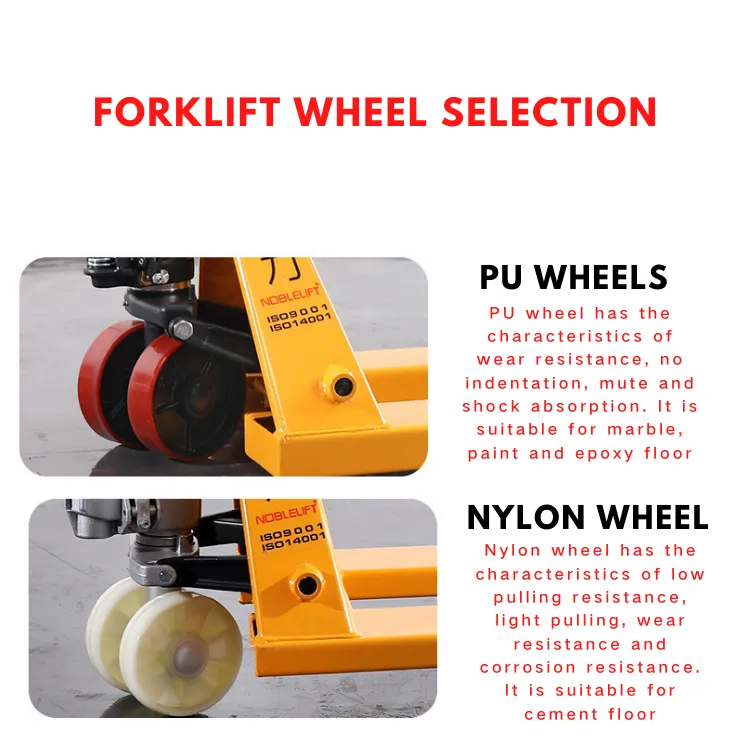crane gantry girder
Understanding Crane Gantry Girders Key Components of Heavy Lifting Operations
In the world of construction, manufacturing, and logistics, the ability to lift and move heavy objects efficiently is paramount. One of the most crucial components that facilitate this capability is the crane gantry girder. This article delves into the concept of crane gantry girders, their structure, functions, and significance in various industries.
What is a Crane Gantry Girder?
A crane gantry girder is a primary structural element that supports a gantry crane. A gantry crane is a type of crane that moves along a set of rails or tracks elevated above the ground, typically consisting of a frame that supports the hoisting mechanism. The gantry girder forms the horizontal beam of the crane, allowing it to traverse back and forth to lift loads.
Gantry cranes are distinguished by their legs, which provide stability and support for the traversing beam (the girder). These cranes can be found in various settings, from construction sites to warehouses, where significant material handling is required.
Structure and Design
The design of a crane gantry girder can vary based on the specific application and the weight it needs to support. Typically, girders are made from steel due to its high tensile strength and durability. The girder's shape may be I-beam, box, or even curved, depending on the load conditions and required span.
Key factors considered in the design of gantry girders include
1. Load Capacity Understanding the maximum load that the girder needs to support is critical. This is informed by the weight of the materials being lifted and other operational specifications.
2. Span Length The distance between the supports of the gantry crane influences the girder design. Longer spans necessitate heavier and more robust materials to prevent sagging or failure.
3. Stability The design also focuses on providing stability to the crane system, ensuring that it can operate safely without tipping over during lifting operations.
crane gantry girder

4. Environmental Considerations In some cases, gantry cranes are used in outdoor settings where factors like wind, rain, and temperature fluctuations need to be accounted for.
Functions of Crane Gantry Girders
Crane gantry girders provide several essential functions in lifting operations
1. Load Distribution The girder evenly distributes the weight of heavy materials throughout the structure. This distribution helps to reduce stress on the supporting legs and the foundation.
2. Movement Support Each gantry girder is equipped with trolley systems that facilitate the lateral movement of the hoisting mechanism across the span of the girder. This allows for precise positioning of loads.
3. Safety and Stability Properly designed and constructed gantry girders enhance operational safety. They ensure that the crane remains stable and minimizes the risk of accidents during lifting operations.
4. Versatility Crane gantry girders can adapt to various industrial applications. From heavy lifting in shipyards to assembly lines in manufacturing plants, their versatility makes them indispensable.
Applications Across Industries
Gantry cranes are widely used in numerous industries, thanks to their ability to handle heavy loads efficiently. In shipping yards, they are instrumental in loading and unloading shipping containers. In manufacturing, they assist in the assembly and disassembly of large machinery. Construction sites utilize gantry cranes to lift steel beams and other heavy materials into place.
Conclusion
Crane gantry girders are pivotal components in the realm of heavy lifting and material handling. Their robust design, capacity for load distribution, and stability are essential for the safe and efficient operation of gantry cranes. As industries evolve and the demand for heavy lifting solutions increases, advancements in the design and engineering of gantry girders will continue to play a crucial role in modern construction and logistics operations. Understanding their significance helps professionals appreciate the underlying mechanics of safe and efficient heavy lifting systems.
-
Unlock Seamless Relocation with Our Heavy Equipment Moving ExpertiseNewsJun.06,2025
-
Unleash Unrivaled Flexibility with Our Adjustable Gantry CraneNewsJun.06,2025
-
Unleash Heavy-Duty Efficiency with Our Industrial Gantry Crane SolutionsNewsJun.06,2025
-
Revolutionize Steel Handling with Our Magnetic Lifter RangeNewsJun.06,2025
-
Master Equipment Mobility with Premium Machinery Mover SolutionsNewsJun.06,2025
-
Elevate Your Material Handling with Magnetic Lifter TechnologyNewsJun.06,2025
-
YS Permanent Lifting Magnets: The Smarter Way to Handle SteelNewsMay.22,2025
